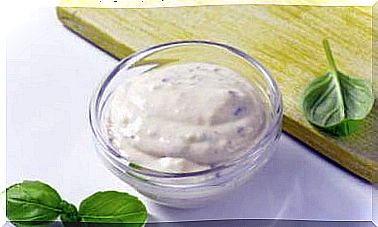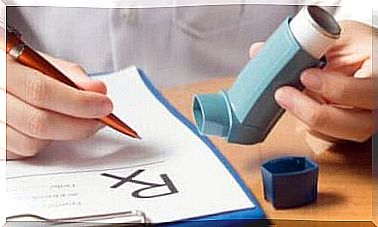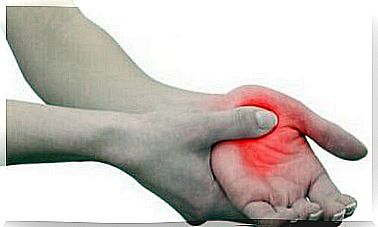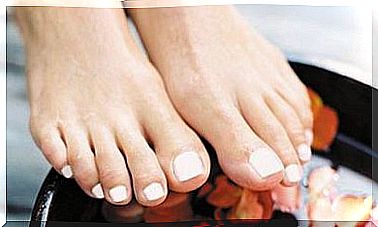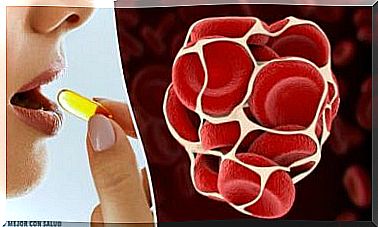Foods Rich In Zinc And Its Benefits
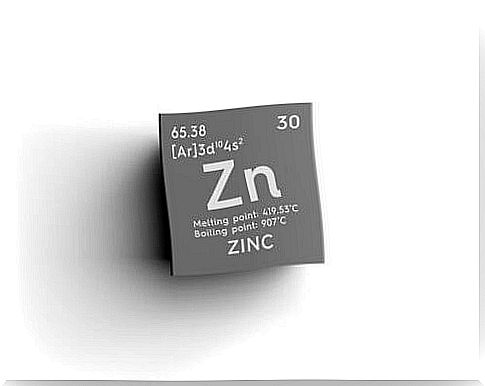
In this article, we will explain what zinc is used for, what its benefits are and how much our body needs. We will also introduce zinc-rich foods that would be good to include in our diet.
However, as with other micronutrients, excess zinc can also cause unwanted reactions. Therefore, it is not enough to learn about zinc-rich foods , but also to dose them properly. As we can see, everything most often comes down to a well-balanced diet.
So keep reading!
What is zinc for?
Zinc is a trace element. This means that despite its importance to health, we need very small amounts of this mineral.
Zinc is usually found in muscles, bones, brain, kidneys and liver. However, its highest concentrations are found in semen, eyes and prostate.
Recommended amounts of zinc for consumption
The recommended amounts of zinc vary widely throughout life and also depend on gender.
- Children from 0 to 6 months: 2 mg.
- Infants from 7 to 12 months: 3 mg.
- Infants 1 to 3 years old: 3 mg.
- Children from 4 to 8 years of age: 5 mg.
- Children from 9 to 13 years of age: 8 mg.
- Boys 14 to 18 years old: 11 mg.
- Adult men: 11 mg.
- Girls 14 to 18 years old: 9 mg.
- Adult women: 9 mg.
- Pregnant women: 11-12 mg.
- Lactating women: 12-13 mg.
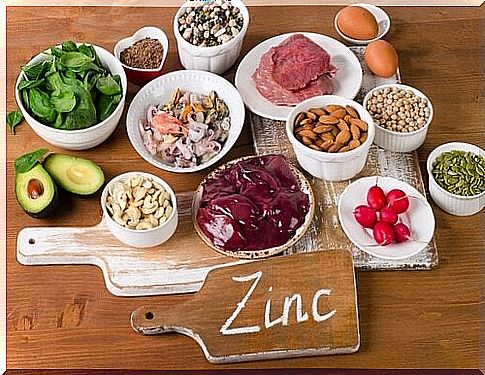
Main foods rich in zinc
1. Meat
One of the foods that is a star when it comes to zinc-rich foods is the liver. Liver may contain 7.3 milligrams of zinc per 100 grams of meat for beef.
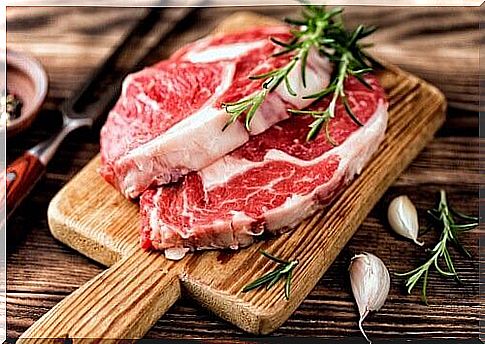
Another zinc-rich food is meat, especially beef, as it can contain up to 6.2 milligrams per 100 grams.
Another type of meat that comes after beef in terms of its zinc content is pork, as is pork liver.
Poultry meat is in third place when it comes to zinc-rich foods. Chicken or turkey meat, in addition to being healthy and easy to obtain, can contain up to 5 milligrams of zinc for every 100 grams of product.
2. Seafood
We can mention molluscs and crustaceans in general, which are very rich in zinc.
3. Nuts are plant foods rich in zinc
Dried nuts such as hazelnuts and almonds are excellent examples of zinc-rich foods as they can provide up to 4 milligrams of this mineral per 100 grams.
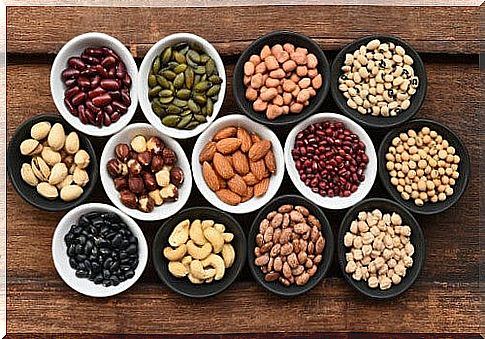
4. Milk derivatives
Here we can mention yogurt, milk and especially cheese, some of the best zinc-rich products.
We can find unusual amounts of zinc in cheese in general, and in the cheddar variety in particular. However, it should be consumed in moderation due to its caloric content and high salt content.
5. Cereals and seeds are also rich in zinc
Whole grains are a good way to include zinc in your diet, although absorption is usually lower due to the amount of phytic acid in the grain. In contrast, the action of yeast reduces the level of phytic acid, promoting the absorption of zinc by the body.
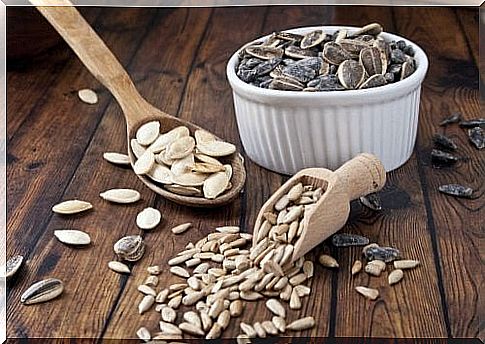
Therefore, for better absorption of zinc, yeast whole wheat bread, oatmeal, and pumpkin seeds are recommended. Brewer’s yeast is especially important as it also contains high levels of zinc.
6. Cocoa and Chocolate – Delicious foods rich in zinc
Chocolate is a great ally for health in general, and now, to all its benefits, we can add its contribution to protecting our immune system.
A 100 g piece of chocolate without sugar contains 10 mg of zinc, which is about 100% of the recommended daily dose.
On the other hand, 100 g of bitter cocoa powder contains 40% of the recommended daily amount of zinc, so to achieve 100%, you would need to supplement the dose with another product.
7. Supplements
As with other minerals, zinc supplements are available for people who may be deficient in their body. However, remember that an excess of this mineral can also cause health problems.
Therefore, you should always take these types of supplements as prescribed.

The health benefits of zinc
As mentioned earlier, zinc is associated with several metabolic processes in cells. It strengthens the action of various enzymes, as well as supports the proper development of the immune system and neurological functions.
Zinc also plays an important role in the preparation of the cell membrane and the expression of specific genes.
Some studies have established that zinc may be beneficial in treating symptoms of the common cold. It also helps with age-related macular degeneration, in diabetes and even in the fight against HIV / AIDS.
Contraindications
For zinc to be toxic and harmful to our health, we would need to consume over 300 mg per day. In this case, stomach problems, blood in the urine, or lethargy could occur.
An excess of zinc can also impair copper absorption, which would result in a deficiency that would lead to anemia, arrhythmia, or fatigue.
Therefore, everyone should take care of a varied and balanced diet, which includes the right proportions of all types of food. It is always the healthiest option to obtain all the nutrients necessary for the proper development of the body.
